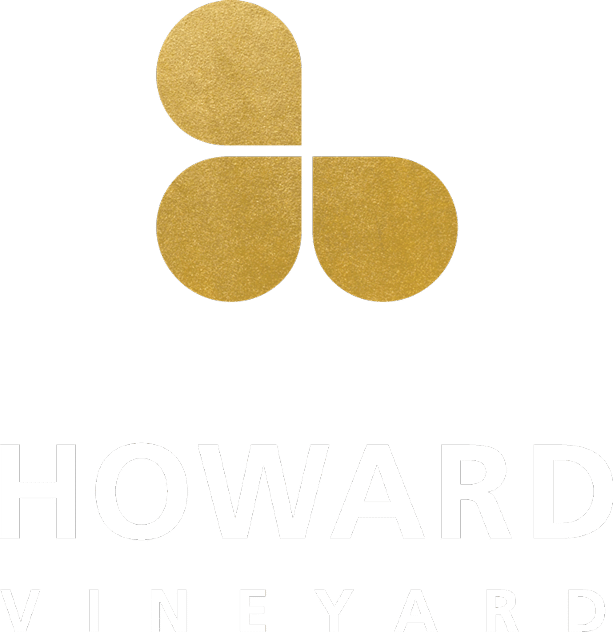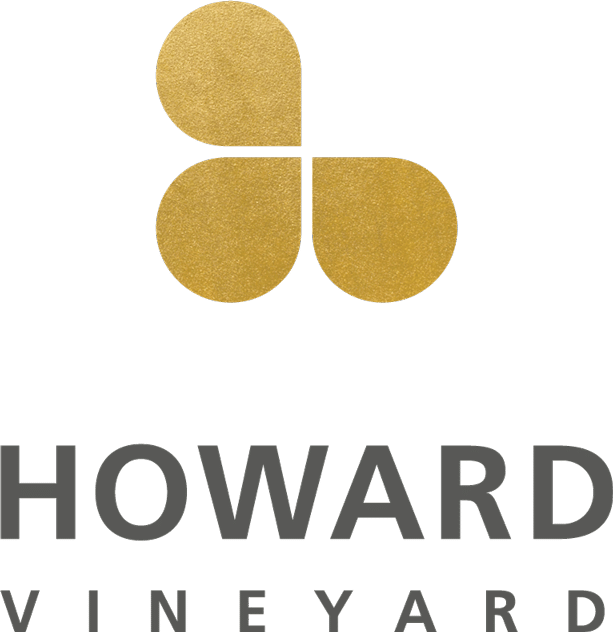Many family camping weekends were spent planting our Mount Barker and Charleston Vineyard over 2 decades ago. Over the past 20 years we have built a reputation for premium grape growing in the Adelaide Hills; one of Australia’s most exciting regions. A mecca for amazing, fresh produce, world class wines, a distillery, cider house or brewery around every corner and views that go on forever.
We are located on 25 minutes up the freeway from Adelaide and rise to an elevation of around 350 meters at Mount Barker and over 460 meters are our Charleston vineyard. The Adelaide Hills, due to its altitude, is significantly cooler and has a higher rainfall than neighboring regions with vast variation in microclimates across the hills and valleys of the region.
HOWARD VINEYARD
MOUNT BARKER, ADELAIDE HILLS
24 Hectares
Established in 1999 the Howard Vineyard site is a warmer vineyard in a cool climate. A slightly higher than average temperature and slightly lower rainfall than our Beautiful Valley vineyard. This, with our central approach of sustainable viticulture; including intensive hand pruning, shoot and bunch thinning, low yields and hand picking we are able to achieve optimal ripeness for Shiraz, Cabernet Franc, Cabernet Sauvignon and a small block of Sauvignon Blanc as well as world class Rosé from these varieties.
Elevation & Aspect
360 to 390 metres above sea level with gentle slopes (5 – 8%) generally facing towards the northwest. The property lies at the northern end of a valley which culminates at the Nairne Summit plateau at ~410 metres. This enables air drainage towards the south during nights and provides a passage for cool maritime air to flow up from Lake Alexandrina during the day.
Geology
The underlying geology is of Proterozoic age, approximately 650 million years old. The rocks are part of the Tapley Hill formation, consisting of slates, micaceous sandstones and phyllites. These have weathered to form soils of the Mt Barker Landscape Unit (MLBU). The main type is a red podzolic/slate soil type with:
- Fine sandy to clay loam between 15 – 40cm thickness
- Dark red brown or red angular blocky medium clay (often with ~10% small pebbles)
- Weathered base rock at 65cm to two metres in depth
- Where incised by water drainage there are stringy, local outwash fans and alluvium of the Meadows Landscape Unit. At the break of slope these contain significant swelling clays (Bay of Biscay soils).
BEAUTIFUL VALLEY VINEYARD
CHARLESTON, ADELAIDE HILLS
36 Hectares
Schoenthal; meaning Beautiful Valley was established in 1998 and Beautiful Valley is the perfect description for our stunning vineyard. We believe this is one of the finest sites for Chardonnay, Pinot Noir, Pinot Gris and Sauvignon Blanc in the Adelaide Hills with a broad variation of traditional clones including 777, D5v12, i10v1 and Bernard 95 and 76. All very well suited to the Adelaide Hills. Due to cool temperatures and high altitude in this vineyard we retain great natural acidity, one of the hallmarks of our wine.
Elevation & Aspect
450 to 500 metres above sea level with gentle slopes (5 – 12%) generally facing towards the east. The property lies at the crest of the northern ridge of the Onkaparinga Valley at Charleston. The aspect is exposed to morning sunshine but provides shade in the late afternoon.
Geology
The underlying geology is of Proterozoic age, approximately 650 million years old. The rocks are part of the Tapley Hill formation, consisting of slates, micaceous sandstones and phyllites. These have weathered to form soils of the Woodside Soil Landscape Unit (WSU). The main type is a red podzolic/slate soil type with:
- Fine sandy to clay loam between 15 – 40 cm thickness
- Dark red brown or red angular blocky medium clay (often with ~5-10% small pebbles)
- Weathered base rock (slate & gneiss) at 75 cm to 1.5 metres in depth
- Where incised by water drainage there is alluvium of the Meadows Landscape Unit. These contain significant swelling clays (Bay of Biscay soils).
WINEMAKING
Head winemaker Tom Northcott’s winemaking approach is to pick at optimal ripeness for lean flavours to showcase the quality and true expression of our vineyards.
Tom enjoying making wine in the style he likes to drink; light to medium body with vibrant flavours and great natural acidity. He is always looking for the most sustainable way to manage all parts of the viticulture and winemaking. Taking good care of our land will ensure great quality wines into the future.


Follow Us
@howard_vineyard #howardvineyard
howard_vineyard
Apr 24
howard_vineyard
Apr 17
howard_vineyard
Apr 17
howard_vineyard
Apr 11
howard_vineyard
Apr 10
howard_vineyard
Apr 9
howard_vineyard
Apr 8
howard_vineyard
Apr 5
howard_vineyard
Apr 3
howard_vineyard
Apr 2
howard_vineyard
Apr 2
howard_vineyard
Mar 31